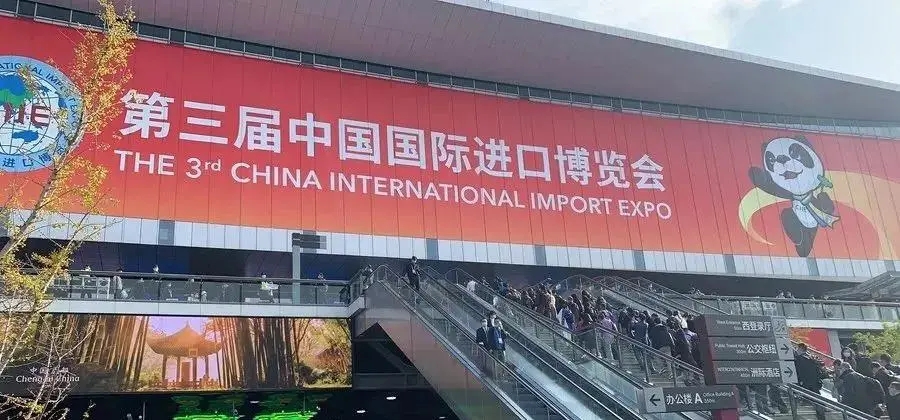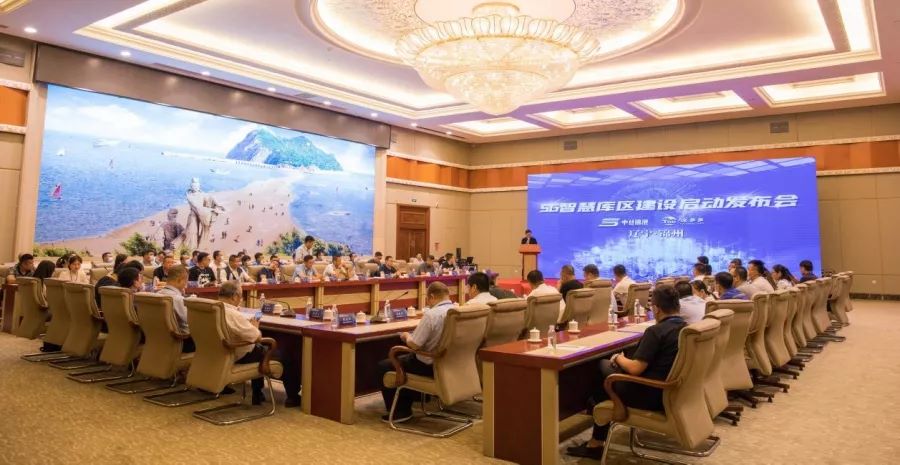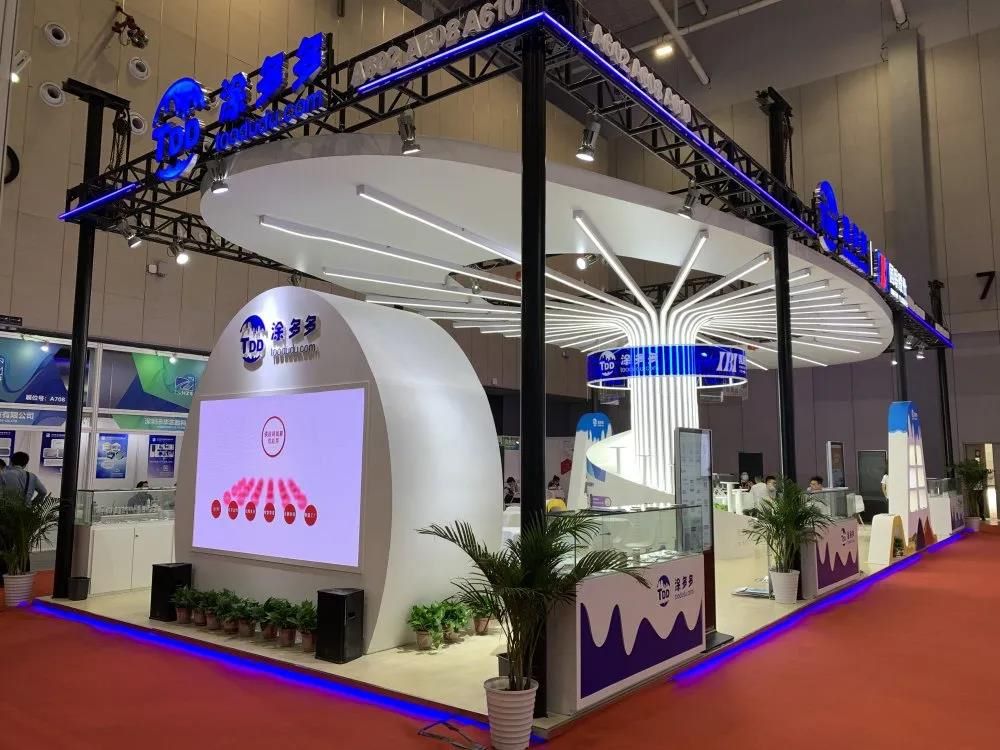China Tires: Cost-Effective Win
In the fierce competition in the global tire market, Chinese tires have risen rapidly with the advantages of "high quality and low price", moving from the edge of the international stage to the center.
This road to counterattack is not only due to the long-term accumulation of the industrial system, but also a desperate counterattack in response to trade frictions, and an unremitting adherence to the cost-effectiveness advantage.
Price blade splits the global market: "Made in China" potential under the scale dividend
Ten years ago, when international tire giants were still focusing on the high-end market and building a moat with brand premium and technological barriers, Chinese tire companies took a different approach and knocked on the door of the global market with highly competitive prices.
Walking into an American auto repair shop or a Southeast Asian logistics center, tires made in China are often displayed in the most conspicuous place on the shelf - under the same specifications, the price of Chinese products is less than half of that of international brands, or even lower.
This price advantage is not accidental. China's perfect industrial system, large-scale production capacity and efficient supply chain management have fundamentally reduced the cost of tire production. In Dongying, Shandong, known as the "Chinese Tire Capital", dozens of production lines operate at high speed every day, converting raw materials such as rubber and steel wire into reliable tire products.
Through large-scale production and refined management, Chinese companies have built a business model of "small profits but quick turnover": annual production bases of tens of millions of tires reduce unit costs, intensive procurement systems reduce raw material expenses, and digital logistics networks shorten circulation cycles. Data show that China's tire exports have continued to rise over the past decade, and its share in the global market has expanded steadily.
In some developing countries, its market share has even surpassed that of internationally renowned brands. This explosive growth has not only reshaped the global tire market landscape, but also made the world re-recognize the power of "Made in China" - when international brands are still complacent about the premium in the high-end market, Chinese tires have used their cost-effectiveness to build new barriers in the mass market.
Growing pains under the anti-dumping crisis: global industrial competition behind trade barriers
However, with the surge in market share, Chinese tires have also encountered "growing pains". Since the 2010s, "anti-dumping and anti-subsidy" investigations (anti-dumping and anti-subsidy) against Chinese tires have followed one after another around the world: in 2015, the United States launched an anti-dumping and anti-subsidy investigation on Chinese passenger car and light truck tires, followed by major markets such as the European Union and India.
These trade barriers have caused a sharp increase in the export costs of Chinese tires, and some companies have been forced to withdraw from the local market.
The essence of the anti-dumping and countervailing duty investigation is the anxiety and panic of international competitors. Faced with the low-price impact of Chinese tires, some international brands feel unprecedented pressure - when Chinese companies can produce products with similar performance at half the cost, the moat of brand premium is collapsing.
By initiating trade relief measures, they are trying to curb the expansion momentum of Chinese tires and maintain their own market position. But this approach has also put Chinese companies in an unprecedented predicament: the head of a Shandong tire company once revealed that after the implementation of the anti-dumping and countervailing duty, the cost of its export orders to the United States increased by 30%, directly resulting in a reduction of nearly half of its market share in North America.
Under the crisis, China's tire industry began to undergo a transformation from "barbaric growth" to "compliance breakthrough": on the one hand, it actively responded to the lawsuit and strived for fair treatment through legal means; on the other hand, it accelerated its global layout and built overseas factories in Southeast Asia, Africa and other places to circumvent trade barriers.
Stick to the way out of the "high quality and low price": industrial upgrading under the logic of cost-effectiveness
After experiencing the dual test of market expansion and trade friction, Chinese tire companies are exploring new development paths. The answer lies in the four words "high quality and low price" - under the general trend of consumption downgrade, high cost performance is still the golden key to open the market, but this key needs more solid technical and industrial support.
High quality is the basis for low prices. While maintaining price advantages, Chinese companies continue to refine product quality: by introducing vulcanization equipment from Continental Group of Germany and optimizing the formula process of Michelin, the core indicators of domestic tires such as wear resistance index and wet grip have reached or exceeded international standards.
A report from ASTM, a third-party testing agency, shows that the dry braking distance of a domestic tire brand is 2.3 meters shorter than that of international brands of the same specifications, but the price is only 60% of it. This "high configuration and low price" product positioning allows Chinese tires to form unique competitiveness in the global market.
Scale is the cornerstone of low prices. The industry is accelerating integration to achieve economies of scale: leading companies have integrated scattered production lines in Shandong, Jiangsu and other places into smart factories with an annual output of more than 5 million by acquiring small and medium-sized production capacities. Take Sailun Group as an example.
Its digital factory uses AI to optimize production scheduling, reducing unit energy consumption by 18% and reducing production costs by another 12%. At the same time, companies such as Linglong and Zhongce are accelerating their overseas layout, building production bases in Thailand and Serbia, and using local raw materials and policy dividends to further consolidate their price advantages.
Emerging markets are the new blue ocean of low-price strategies. Faced with trade barriers in the European and American markets, Chinese tires are turning their attention to Southeast Asia, the Middle East, Africa and other regions. These markets are highly price sensitive and relatively tolerant of product performance requirements - for example, tropical Southeast Asia pays more attention to the anti-aging performance of tires, while the African market pays attention to puncture resistance.
The products developed by Chinese companies just meet the needs. Through localized R&D (such as setting up a rubber research institute in Indonesia) and channel deepening (cooperating with regional logistics giants to build warehousing), Chinese tires have found a new growth pole in emerging markets: data from 2024 shows that Chinese tires have a market share of 35% in Southeast Asia, surpassing Japanese and Korean brands to become the largest supplier.
From breaking through with low prices to encountering double anti-dumping and hunting, and then to finding new breakthroughs through technological upgrades and global layout, every step of Chinese tires is accompanied by challenges.
But it is these challenges that force companies to transform from "cost-driven" to "value-driven" - when international brands are still relying on brand storytelling, Chinese tires have occupied a place in the minds of global consumers with the cost-effective logic of "spending half the price to buy the same quality".
In the future, only by continuously consolidating the core competitiveness of "high quality and low price" and making cost-effectiveness not only a price tag, but also a comprehensive reflection of technical strength and industrial efficiency, can Chinese tires write more "Made in China" legends in the global market.











